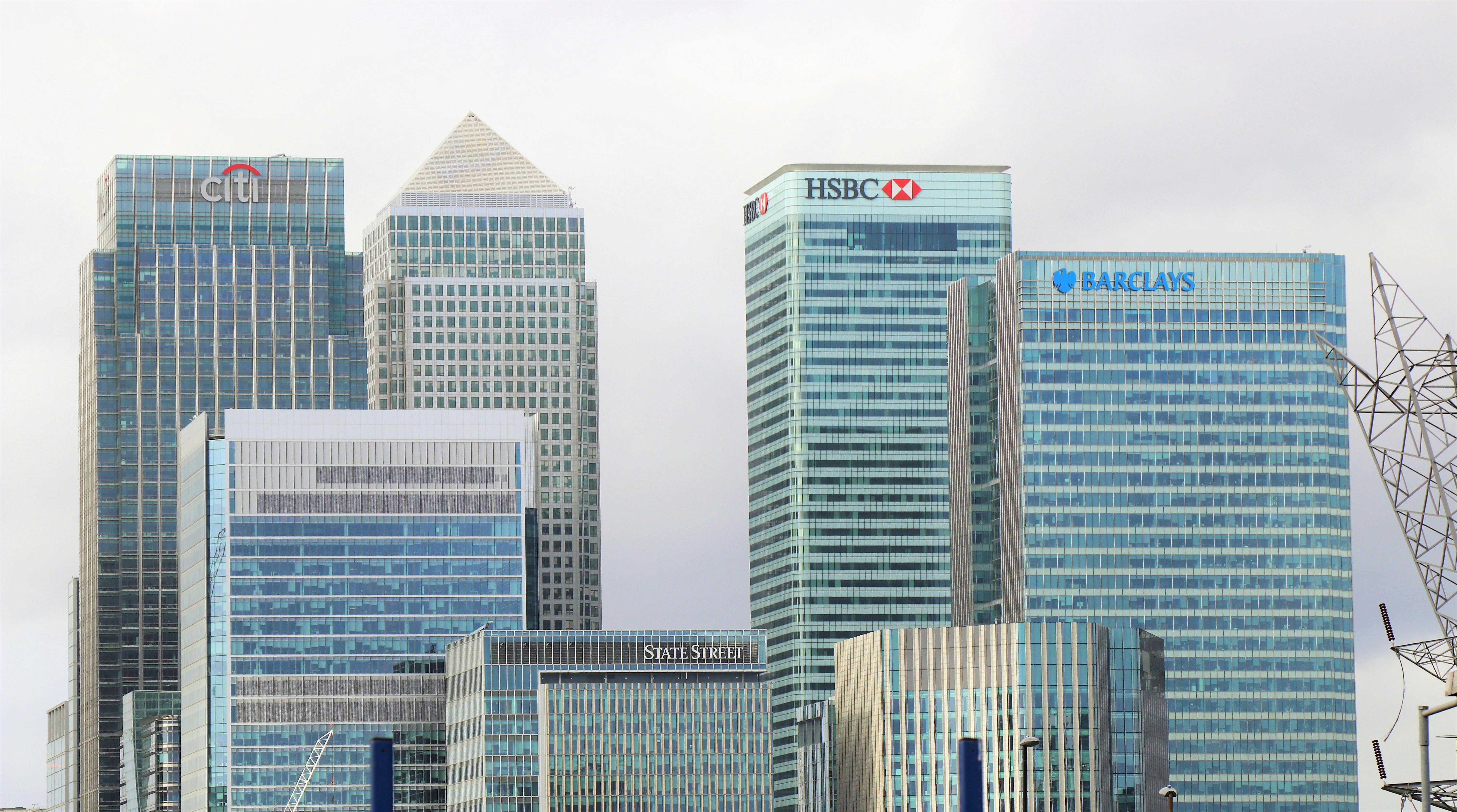Ireland's €28 Billion Nightmare: Could Trump's Tariffs Trigger a US Corporate Exodus?
The staggering €28bn corporate tax haul is Ireland's golden goose. But Trump's tariffs add a toxic cost layer, threatening the complex profit-shifting and IP arrangements that underpin it. We analyse the multi-billion euro risk.
Posted by
 EasyOffer Team
EasyOffer TeamRelated reading
Government Misses 2024 Social Housing Targets
Analysis of Ireland's missed social housing targets for 2024 and its implications for the property market, including detailed insights into government responses and market effects.
From D2 to A2: A Complete Guide to Home Renovation Costs in Ireland 2025
Detailed breakdown of costs and timelines for upgrading your Irish home's BER rating, including insulation, solar panels, and windows based on real 2025 data.
Irish Property Market 2025: Impact of Multinational Investment
Analyze how multinational investment is shaping Ireland's property market in 2025, with insights on growth trends and market dynamics amidst new economic pressures.

The €28 Billion Tightrope: Tariffs Threaten Ireland's Tax Bonanza
Let's talk numbers, because they're mind-boggling. Ireland's corporate tax take exploded from €4.6 billion to an eye-watering €28 billion in just ten years. This isn't just statistical noise; it's the bedrock funding massive chunks of the Irish state, from healthcare to infrastructure. But this bonanza relies heavily on complex strategies used by US multinationals – strategies now directly threatened by Trump's tariffs. The nightmare scenario? Tariffs make Ireland less attractive, triggering an exodus of profits, IP, and ultimately, tax revenue.
Poisoning the Well: How Tariffs Disrupt Profit Shifting
Ireland's 12.5% corporate tax rate is famous, but the massive revenue surge is also linked to intricate profit-shifting arrangements, often involving Intellectual Property (IP) held in Irish subsidiaries. Complex structures (like the now-phased-out 'Double Irish') allowed companies to attribute vast global profits to their Irish operations, minimizing their overall tax bill.
Trump's 20% tariff on goods entering the US from the EU throws a huge wrench into these mechanics. If profits booked in Ireland are ultimately linked to goods sold back into the US market, that 20% tariff acts as a massive extra cost, potentially wiping out the benefits of the lower Irish tax rate. It fundamentally changes the cost-benefit analysis for locating profits here.
Hot Take: For years, Ireland facilitated sophisticated tax avoidance schemes by US giants. Trump's tariffs, whatever their stated aim, act like a wrecking ball to those carefully constructed arrangements, exposing Ireland's dependence.
The Elephant in the Room: Intellectual Property Flight Risk
The truly terrifying risk isn't just about future profits; it's about the location of existing, immensely valuable IP. Patents for blockbuster drugs, algorithms for global software platforms, iconic brand rights – much of this intangible wealth is legally domiciled in Ireland specifically for tax reasons.
If the new tariff regime makes Ireland a less optimal location for holding this IP (because the associated goods trade becomes too expensive), multinationals could relocate these assets. Unlike factories, IP can be moved across borders with the stroke of a pen (albeit with legal complexities). Potential destinations? Singapore, Switzerland, other low-tax jurisdictions perhaps less exposed to US tariffs.
Even a partial relocation of IP by a few key players could have a devastating impact on Ireland's corporate tax receipts, potentially blowing a multi-billion euro hole in the national budget almost overnight.
Is now the right time to move in the property market?
With significant economic changes looming, understanding your property's true value is more critical than ever. Our AI-powered valuation gives you an instant, data-driven estimate.
Get Your Free Property valuation →Walking a High Wire Without a Net?
This crisis brutally highlights the inherent vulnerability of an economy so reliant on decisions made in overseas boardrooms, driven by global tax optimisation strategies. Public services vital to Irish citizens are funded by revenues that could, theoretically, vanish far faster than any government could react.
While factors like sunk investment and skilled labour still weigh in Ireland's favour, the 20% tariff fundamentally alters the equation. The €28 billion question isn't just *if* US companies will react, but *how significantly* and *how quickly*. The stability of Ireland's public finances hangs precariously in the balance.
